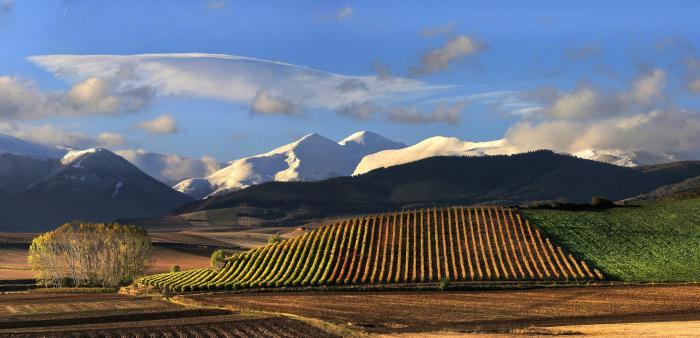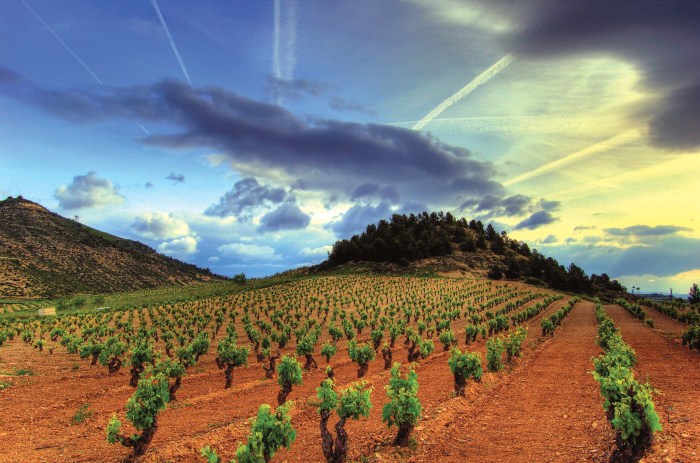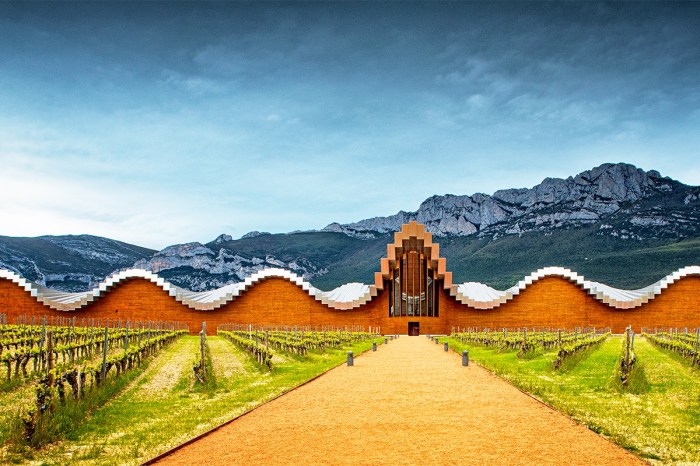Iberian city for which a wine is named – Iberian City Namesakes: A Journey into the World of Wine beckons readers to explore the captivating connection between cities and the vintages that bear their names, unraveling a narrative steeped in history, culture, and the art of winemaking.
From the rolling hills of Rioja to the sun-kissed vineyards of Jerez, Iberian cities have played a pivotal role in shaping the global wine landscape, each contributing its unique character and flavor profile to the world’s wine lexicon.
Iberian Wine Cities
Iberian cities have played a pivotal role in the development and global recognition of wine production. From the rolling hills of Rioja to the sun-drenched vineyards of Priorat, these cities have shaped the wine industry and influenced wine culture around the world.
Famous Iberian Wine Cities and Notable Grape Varieties
- Rioja:Tempranillo, Garnacha, Graciano
- Priorat:Garnacha, Carignan, Syrah
- Ribera del Duero:Tempranillo
- Jerez:Palomino
- Montilla-Moriles:Pedro Ximénez
Etymology of Wine City Names
The names of Iberian wine cities often reflect their geographical location, historical significance, or the wines produced there.
Linguistic Connections between Cities and Their Associated Wines
- Rioja:Dari kata Latin “regia”, yang berarti “kerajaan”
- Priorat:Dari kata Latin “prioratus”, yang berarti “biara”
- Ribera del Duero:Dari kata Spanyol “ribera”, yang berarti “tepi sungai”
Cultural and Historical Context

Wine cities have played a central role in the cultural and historical development of the Iberian Peninsula. They have been centers of trade, pilgrimage, and artistic inspiration.
How Wine Cities Have Shaped the Wine Industry, Iberian city for which a wine is named
The wine cities of the Iberian Peninsula have shaped the wine industry by:
- Mengembangkan teknik produksi anggur yang inovatif
- Mempopulerkan varietas anggur baru
- Menciptakan standar kualitas yang diakui secara global
Economic Impact of Wine Cities

Wine cities have a significant economic impact on the Iberian Peninsula. They generate revenue through tourism, wine sales, and related industries.
Role of Wine Tourism and Its Contributions to Local Economies
Wine tourism is a major contributor to the economies of wine cities. It attracts visitors who spend money on:
- Penginapan
- Makan dan minum
- Tur kilang anggur
- Belanja
Architectural and Urban Design

The architectural and urban design of wine cities reflect the importance of wine production in their history and culture.
How Wine Production Has Influenced City Design
Wine production has influenced city design by:
- Menciptakan lanskap perkotaan yang unik
- Membentuk jaringan jalan dan bangunan
- Mengintegrasikan kilang anggur ke dalam lingkungan perkotaan
Regional Variations
The wine cities of the Iberian Peninsula exhibit distinct characteristics due to variations in geography, climate, and cultural factors.
How Geography, Climate, and Culture Contribute to Unique Wine Characteristics
Geography, climate, and culture contribute to the unique wine characteristics of each city by:
- Memengaruhi jenis anggur yang ditanam
- Membentuk gaya pembuatan anggur
- Menciptakan rasa dan aroma anggur yang khas
Sustainable Winemaking Practices: Iberian City For Which A Wine Is Named

Wine cities are increasingly adopting sustainable winemaking practices to protect the environment and promote social responsibility.
How Wine Cities Are Implementing Sustainable Practices
Wine cities are implementing sustainable practices by:
- Mengurangi penggunaan air dan energi
- Menerapkan teknik pertanian organik
- Melindungi keanekaragaman hayati
FAQ Overview
What is the significance of Iberian cities in wine production?
Iberian cities have been at the heart of wine production for centuries, boasting ideal climates, diverse terroirs, and a rich winemaking tradition.
How do wine city names reflect their origins and meanings?
Wine city names often provide insights into the history, geography, or cultural significance of the region. For example, “Rioja” derives from the Basque word for “river,” reflecting the region’s proximity to the Ebro River.
What is the economic impact of wine cities?
Wine cities generate significant economic benefits through tourism, job creation, and the sale of wine and related products.